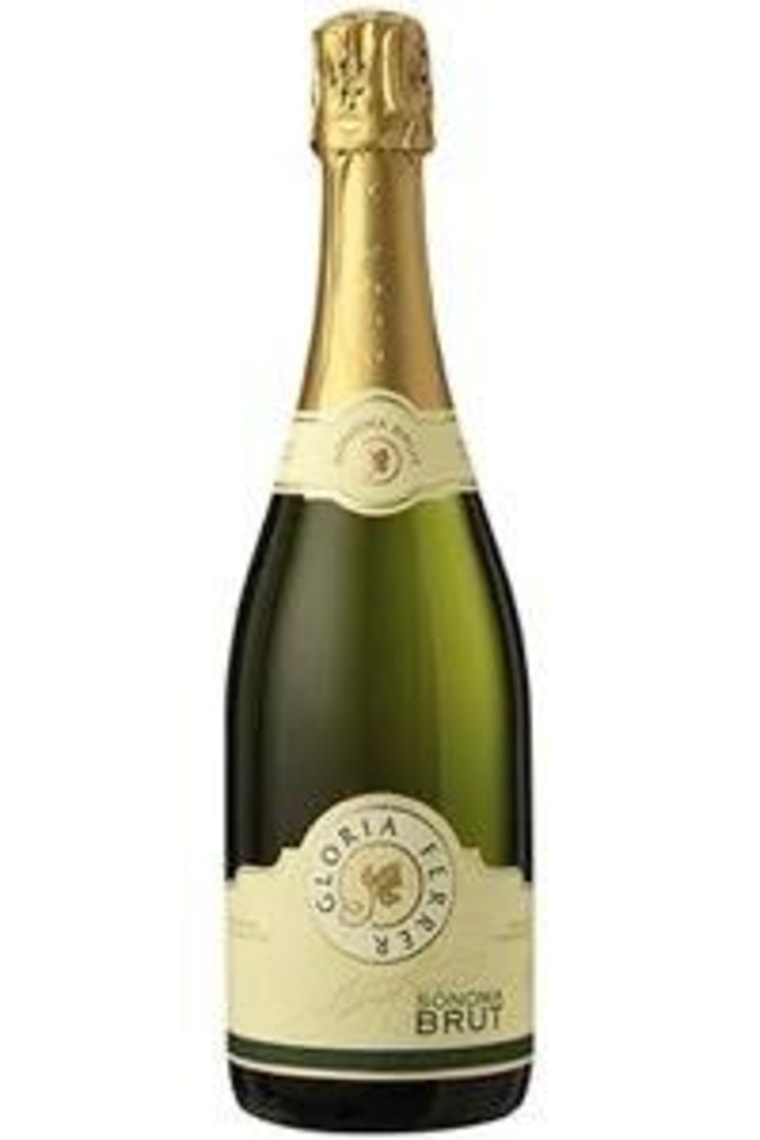By Kara Reinhardt, Cheapism.com
The shouted countdown, the popping corks, the clinking glasses, the strains of “Auld Lang Syne.” In the symphony of a New Year’s celebration, Champagne has long played a crucial part. Many cheaper sparkling wines hit similar notes, however. A California sparkling white, Spanish cava, or Italian prosecco may not come from France’s storied Champagne region, but it can make for an equally festive and much more affordable toast.
Below are Cheapism’s top sparkling wines for $20 or less.
- Roederer Estate Brut (starting at $20) comes from a California producer owned by the famed Louis Roederer, maker of Cristal. Reviewers call this bubbly nectar crisp, full-bodied, and surprisingly complex -- an excellent value. (Where to buy)
- Gloria Ferrer Sonoma Brut (starting at $13) has earned high marks from critics for its flavors, which the winemaker’s tasting notes identify as apple, citrus, and toasted almond. This California sparkler is made according to the méthode Champenoise used in France. (Where to buy)
- Freixenet Cordon Negro Extra Dry (starting at $9) is a cava from Spain that incorporates different grapes and tastes sweeter than the other two sparkling wines on this list. At the same time, experts say, it’s fresh rather than cloying, with a pleasing finish. The label on the distinctive black bottle reads metodo tradicional, which indicates that the winemaker uses the traditional French method. (Where to buy)
Champagne and other sparkling wines go through two stages of fermentation. According to French tradition, the second stage, wherein the wines develop their trademark fizz, must take place in the bottle. Other inexpensive sparklers ferment in large tanks -- a cheaper, faster method that actually better suits prosecco. Some of the very cheapest sparkling wines are artificially carbonated, like soft drinks.
Producers add sugar to nearly all sparkling wines just before the final corking. Most often it amounts to no more than 12 grams per liter, which classifies the wine as brut. Ironically, brut wines are actually drier (or less sweet) than those identified as extra dry. That descriptor applies to wines with 12 to 17 grams of sugar per liter. Those make good selections for revelers who want something a little sweeter than usual. Sparkling wines labeled sec (the French word for dry), demi-sec, or doux are even sweeter and less common.
The abbreviation NV, which accompanies many sparkling wines, stands for non-vintage. Producers often make still wine using grapes from a single harvest and identify the wine according to that year -- a 2009 Bordeaux, for example. Winemakers produce vintage Champagne only in exceptionally good years and charge a premium for it. Non-vintage sparkling wine has the advantages of being less expensive, more widely available, and consistent from year to year, with the top producers aiming to cultivate a signature taste and style.
To get the most out of a sparkling wine, the Comité Interprofessionnel du Vin de Champagne, the industry trade organization, recommends chilling the bottle on its side for at least three or four hours before serving.
More from Cheapism:
